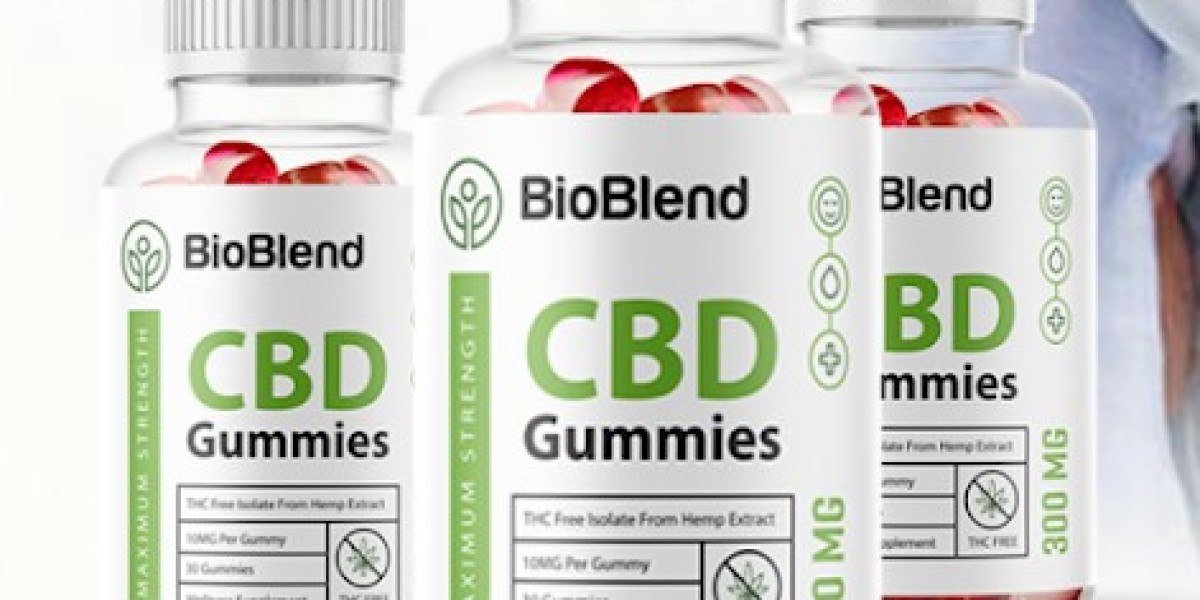In the realm of cooking oils, refined sunflower oil stands tall as a versatile and healthy choice for everyday culinary needs. Extracted from the seeds of the sunflower plant, this golden-hued oil undergoes a meticulous journey from seed to table, ensuring its quality and purity. In this article, we will explore the fascinating process of refining sunflower oil and shed light on its numerous benefits for your kitchen and overall well-being. So, let's embark on a journey through the stages that bring refined sunflower oil into your kitchen and make it an essential ingredient in your culinary adventures!
The Sunflower Seed Harvest
The journey of Refined Sunflower Oil begins with the harvest of sunflower seeds. These seeds are cultivated in sunflower fields, carefully nurtured until they reach full maturity. Farmers employ modern agricultural practices to ensure the highest quality seeds that will eventually yield oil with exceptional flavor and nutritional value.
Extraction of the Seeds
Once the sunflower seeds have been harvested, they are sent for extraction. The first step involves cleaning the seeds to remove any impurities. Afterward, the seeds are crushed, releasing their precious oil. This extraction process can be carried out using mechanical pressing or solvent extraction techniques, depending on the desired quality of the oil.
Refining Process
After the extraction, the crude sunflower oil goes through a refining process to enhance its quality, purity, and stability. The refining process typically involves several stages, including degumming, neutralization, bleaching, and deodorization.
Degumming: In this stage, the crude oil is treated with water or phosphoric acid to remove any gums or phospholipids present. These impurities, if left untreated, can negatively affect the oil's quality and stability.
Neutralization: The next step is neutralization, where the oil is treated with an alkaline solution to remove free fatty acids and other acidic components. This process helps in improving the oil's flavor, color, and shelf life.
Bleaching: To achieve a clear and visually appealing appearance, the oil undergoes a bleaching process. Activated clay or other adsorbent materials are used to remove any remaining impurities, pigments, or unwanted substances.
Deodorization: In the final stage of refining, deodorization takes place to eliminate any unpleasant odors or flavors. Steam is passed through the oil under high temperatures, removing volatile compounds and ensuring a neutral and clean taste.
4. Packaging and Distribution
Once the refining process is complete, the refined sunflower oil is ready for packaging and distribution. It is carefully stored in appropriate containers, such as bottles, cans, or pouches, to maintain its quality and freshness. Stringent quality control measures are implemented to ensure that the oil meets the highest standards of purity and safety before it reaches store shelves and eventually your kitchen.
5. Health Benefits of Refined Sunflower Oil
Refined Sunflower Oil offers numerous health benefits, making it a popular choice among health-conscious individuals. It is low in saturated fats and rich in monounsaturated fats, particularly omega-9 fatty acids, which are known to support heart health. Additionally, it contains vitamin E, a powerful antioxidant that helps protect cells from damage caused by free radicals.
6. Culinary Versatility
Refined sunflower oil's mild flavor and high smoke point make it a versatile choice for various cooking methods. Whether you're sautéing, frying, baking, or making salad dressings, this oil's neutral taste allows the flavors of other ingredients to shine while providing a smooth and light texture to your dishes.








